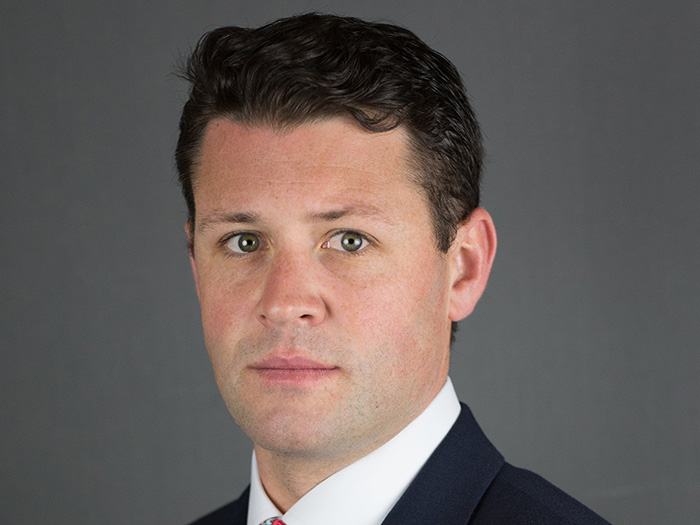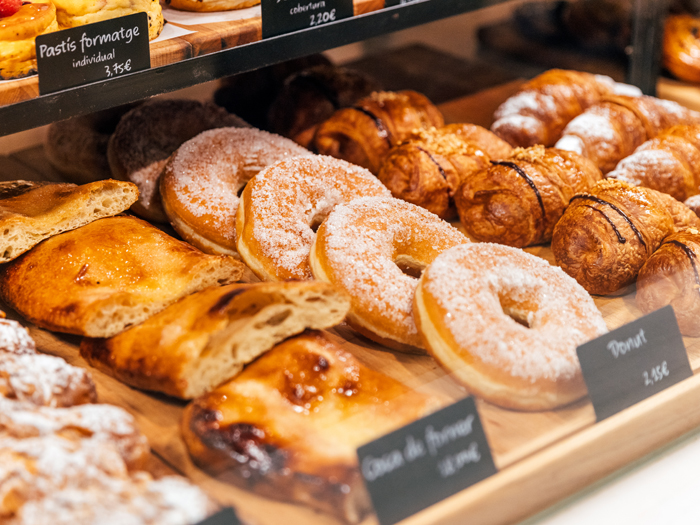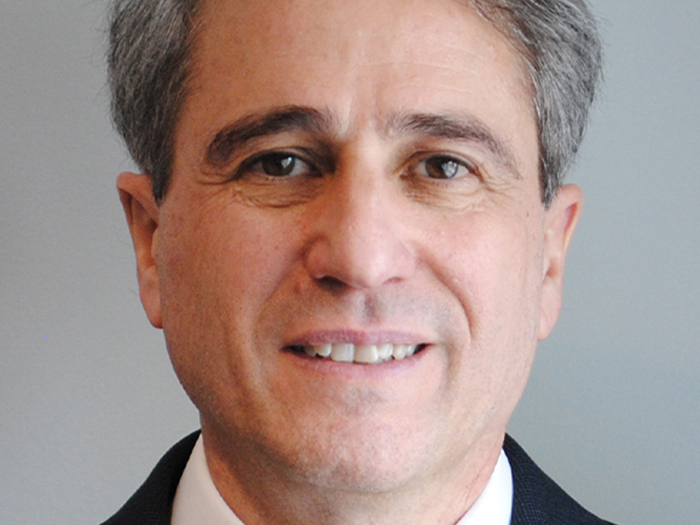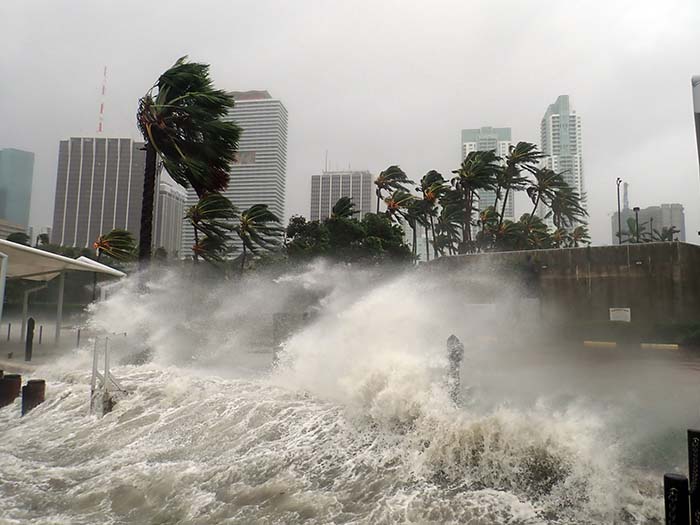9 Emerging Risks Facing the Aviation Industry as It Reopens
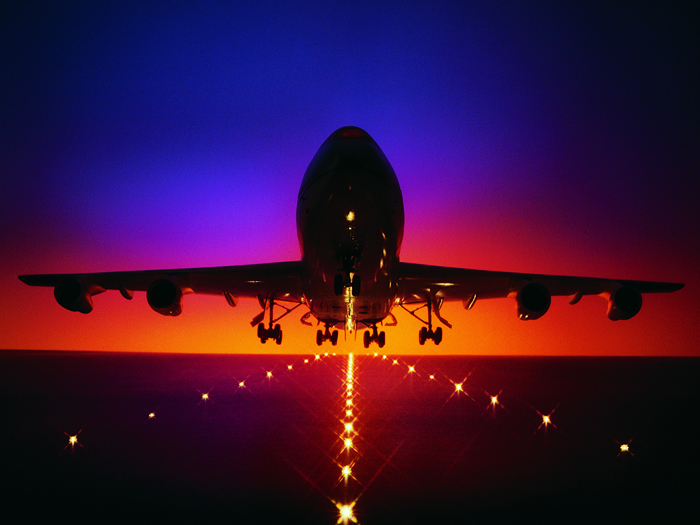
The aviation industry was struck hard by COVID-19 issues around the world as passenger and commercial air traffic was grounded. People weren’t traveling, and supply chain disruptions meant consumer goods weren’t moving, either.
The FAA forecasts carrier profitability and other issues will continue to be impacted for several more years following the effects of COVID-19 on the global air travel business.
Different risks have emerged from the pandemic as industries start to reopen and return to normal operating procedures and volume. The aviation industry has seen its share of new challenges, risks, and opportunities to arise from COVID-19 shutdowns.
Allianz Global and Corporate Specialty (AGCS) recently released its report, Aviation Trends Post COVID-19, featuring nine emerging issues to watch as the industry reopens. Here’s what’s in store:
1) Rusty pilots returning to the skies.
As scary as it sounds, pilots are only human — they can get out of practice when they don’t fly often, leaving them susceptible to errors.
While commercial pilots have had to maintain their skills by practicing takeoffs and landings to be allowed to fly commercial jets, private pilots operating leisure flights are not held to the same standards. This creates a risk when leisure pilots return to the air.
2) Passengers are expressing ‘air rage’ more frequently.
We’ve heard reports of people fighting in grocery stores, restaurants and at the beach over masks throughout the pandemic, and those same incidents are happening in the not-so-friendly skies, too.
Flight attendants are forced to regulate mask-wearing, which has become a political issue in the U.S. This could lead to discrimination lawsuits in the future, as has happened to other businesses that have enforced mask-wearing.
The AGCS report noted by June 1, 2021, there were around 3,000 incidents of serious disruptions onboard airlines as reported by the FAA, which is a drastic increase from the usual 150 annual reports.
3) Parked airline fleets cause new perils.
Grounded planes created new perils through the height of COVID-19 shutdowns, when up to two-thirds of the global fleet was parked, even through now as air traffic still hasn’t resumed to pre-pandemic levels.
Parked planes can be damaged by hailstorms, lightning, flood and other natural disasters. They are also at risk for damages caused by disuse to the various systems of the plane.
If a plane is going to be stored for a long time, fuel should be drained to avoid corrosion but if lockdown came unexpectedly, and grounding was a necessity, this may not have been done, which could lead to further damages.
4) A shortage of pilots brings new risks.
Pilot shortages were already an issue around the world before COVID-19.
Like many industries that are experiencing a shortage of workers as Baby Boomers retire, the aviation industry is no different. Pandemic-related issues have exacerbated this shortage as new pilots are unable to train to fly. It’s expensive to teach new pilots when claims from flight school accidents have increased along with the cost of planes.
The AGCS report warns this could lead to pilots being allowed to fly after having less training, especially in less regulated countries. This leads to increased safety and risk management concerns when less experienced pilots and flight crews are managing commercial flights.
5) New aircraft brings higher replacement, maintenance costs.
New airplanes are sleeker, safer and more expensive to purchase and repair.
Similar to how technological innovations in private passenger autos can drive up the cost to insure them, newer aircraft with the latest technology are more costly to replace and repair — which can lead to higher insurance costs.
6) Air cargo will continue to do well.
AGCS noted airlines in both the U.S. and Europe did well by using passenger planes to transport cargo more frequently.
This sector continues to perform well, with the International Air Transport Association predicting a 13% growth in air cargo in 2021. Airlines that can pivot to air cargo over passenger flights may fare better than peers.
Transporting cargo more often than people brings with it different risks, but the airlines may face fewer risks overall by reducing the number of people they transport.
7) Business travel remains in question.
For the frequent road warriors, a few weeks off from constant business travel when lockdowns began was likely welcomed news.
But corporate travel has still not recovered to pre-pandemic conditions, and it remains unknown when or if it will. Some companies are still forbidding company travel through the rest of 2021.
Driven by necessity, people found new ways to do business during the pandemic when meeting in person was impossible — and many people want to continue to do business in these virtual ways.
Companies experienced the savings factor from no corporate travel, and individuals felt the time savings by not commuting or traveling to conferences and business meetings. These factors mean air travel for business may not resume to pre-pandemic levels.
8) Route innovation arising from COVID-19.
An interesting positive effect stemming from the pandemic is an increase in routes being introduced in 2021 — 1,400 are scheduled for the year.
Many of the new routes are being introduced by smaller players, like Ryanair, which are using the disruption to the industry to get creative about their flight patterns and air routes.
As with any new idea, new flying routes introduce risks not seen previously. Whether the new routes will cause higher rates of accidents or issues is not yet known.
9) Aircraft instruments at risk of insect infestations.
As aircraft return to the air following COVID-19 grounding, some have already experienced issues with instrument readings. When traced to their cause, insects have been the culprit, infiltrating sensitive pressure-sensors within the aircraft and causing malfunctions, according to the European Aviation Safety Agency.
This is because insects are good at getting into small places through tiny openings and building nests. For any plane or aircraft grounded for longer periods of time, insect control will be a must moving forward.
Looking Ahead
The aviation industry is rebounding after COVID-19 but it may never look exactly like it did pre-pandemic. New risks and rewards are arising every day as the industry recovers and finds new ways to do business. The risks from aircraft and pilots coming back into service remain steady as more carriers return to the air.
Commercial insurers will need to stay innovative and ahead of these emerging risks to help the aviation industry keep people safe as it reopens. &





